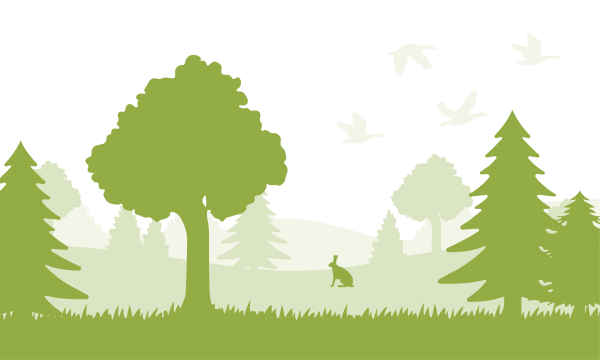Land Management Resources
Resource
Learn about the pros and cons of herbicide application and new, innovative planting techniques (“cultural controls”) that can help to reduce weeds. For more videos to see how restoration approaches...
Resource
Mowing, applying mulch, and prescribed burning are just some of the options available to help control competing vegetation. Consider using these techniques together or alongside a herbicide program...
Resource
How can you ensure regeneration succeeds in the long term? Watch an overview of how to monitor and manage weeds that can hinder the establishment of target plants. For more videos to see how...
Resource
Planting is usually more reliable than natural regeneration, giving plants a “headstart” in life. Careful planning, planting techniques and follow-up monitoring are essential to this tried-and-true...
Resource
Across a limited range of site conditions, seeding and natural regeneration can be an appropriate, low-cost solution to bring plants back. For more videos to see how restoration approaches are applied...
Resource
Re-establishing plants on a site is a key restoration step that can often hit snags. Learn about the available options to help overcome these challenges. For more videos to see how restoration...
Resource
Mounding is a versatile technique that can be used effectively on many types of challenging sites. This video outlines how to create and design mounds appropriately for your site. For more videos to...
Resource
If stockpiling soils is a part of your reclamation plan, consider these tips to choose the right timing, tools and techniques to achieve your restoration goals. For more videos to see how restoration...
Resource
Heavy equipment can compress soils, making it difficult for plants to establish roots. Learn about three techniques to address this problem and how to choose among them. For more videos to see how...
Resource
Is your site nutrient-poor? If you need to increase the availability of nutrients at the surface of the soil, mixing or scalping can be helpful techniques. For more videos to see how restoration...


